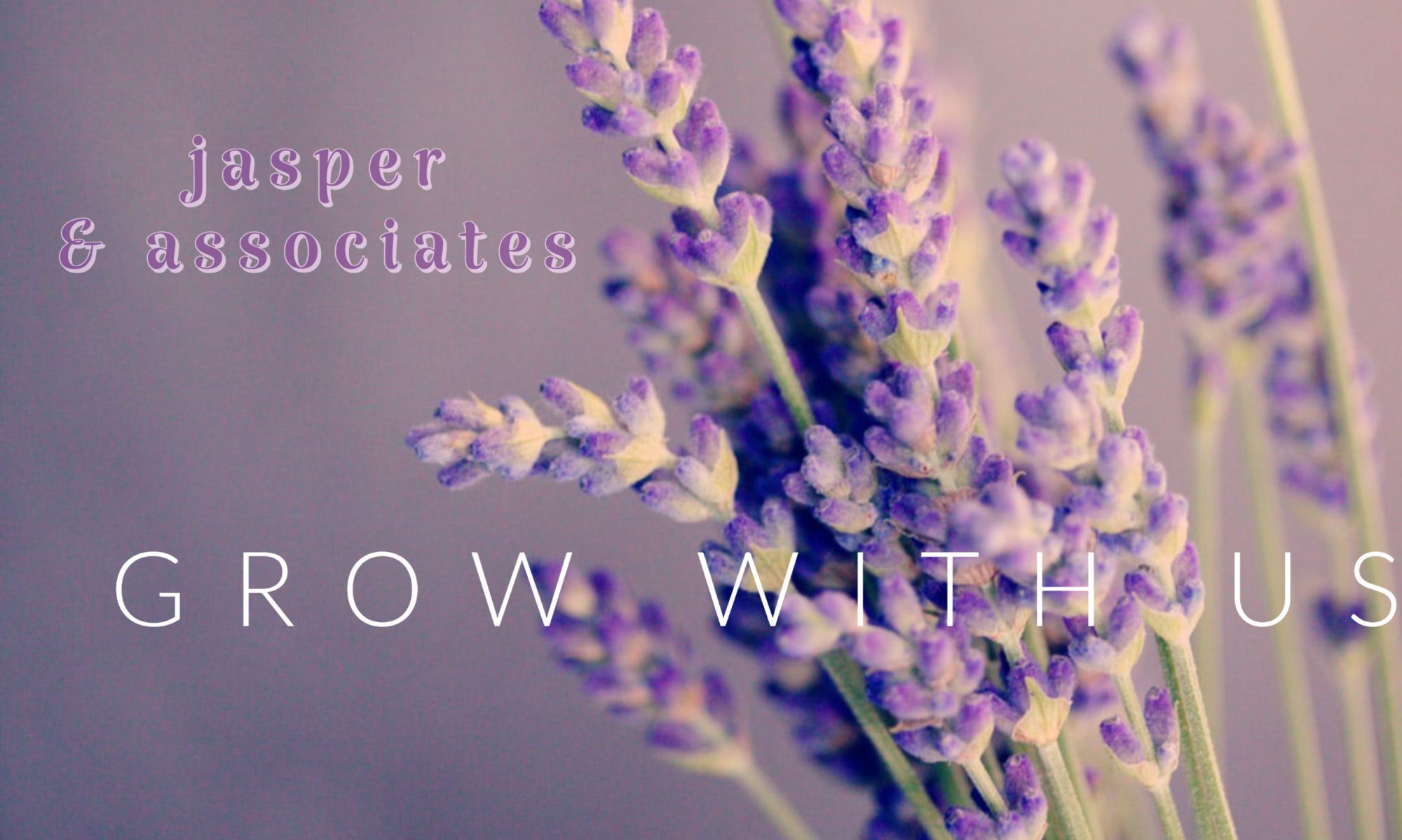EFFECTIVE JUNE 1, 2020
DUE TO THE RECENT MEASURES IMPLEMENTED BY THE STATE OF NEW MEXICO, JASPER & ASSOCIATES WILL BE TAKING THE FOLLOWING MEASURES TO ENSURE THE CONTINUED SAFETY AND WELLBEING OF OUR PROVIDERS AND CLIENTS:
FOR IN-PERSON SESSIONS:
YOU MUST BE WEARING A MASK – THE FRONT DESK CAN PROVIDE ONE IF NEEDED. IF YOU REFUSE TO WEAR A MASK, YOU WILL BE ASKED TO RESCHEDULE YOUR APPOINTMENT AND LEAVE.
THE FRONT DOOR WILL BE LOCKED. PLEASE WAIT IN THE ATRIUM OR YOUR VEHICLE. CONTACT YOUR THERAPIST THAT YOU HAVE ARRIVED AND THEY WILL LET YOU KNOW WHEN/WHERE TO ENTER.
FOR CLIENTS OF REBECCA JASPER – CALL OR TEXT (773) 326-7923
In addition to the above,
- ACCESS TO THE RESTROOMS HAS BEEN LIMITED TO STAFF ONLY.
- ACCESS IS LIMITED TO THE PATIENT ONLY – FAMILY MUST STAY IN THEIR VEHICLE.
- THERE WILL BE NO MORE THAN 3 (THREE) PEOPLE IN THE LOBBY AT ONE TIME AND NO MORE THAN 10 (TEN) IN OUR SUITE, INCLUDING THERAPISTS.
- ADDITIONAL OPTIONS FOR THERAPY ARE AVAILABLE, SUCH AS TELEPHONE OR ZOOM WEB SESSIONS. TALK WITH YOUR THERAPIST IF YOU’RE INTERESTED IN SETTING UP ONE OF THESE OPTIONS.
JASPER & ASSOCIATES IS COMMITTED TO MAINTAINING A CLEAN AND SAFE THERAPEUTIC ENVIRONMENT FOR OUR CLIENTS. WE APPRECIATE YOUR UNDERSTANDING IN ENSURING THE BEST CARE FOR OUR COMMUNITY.










